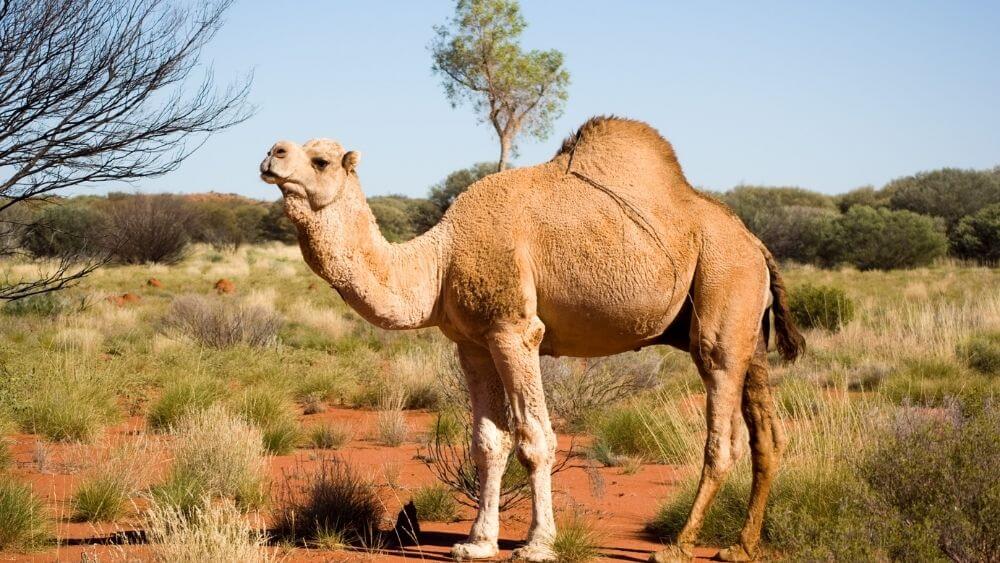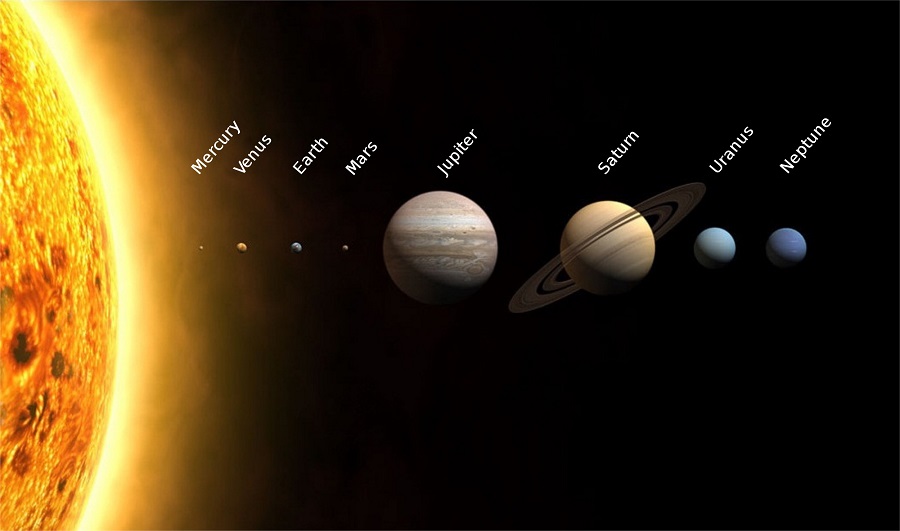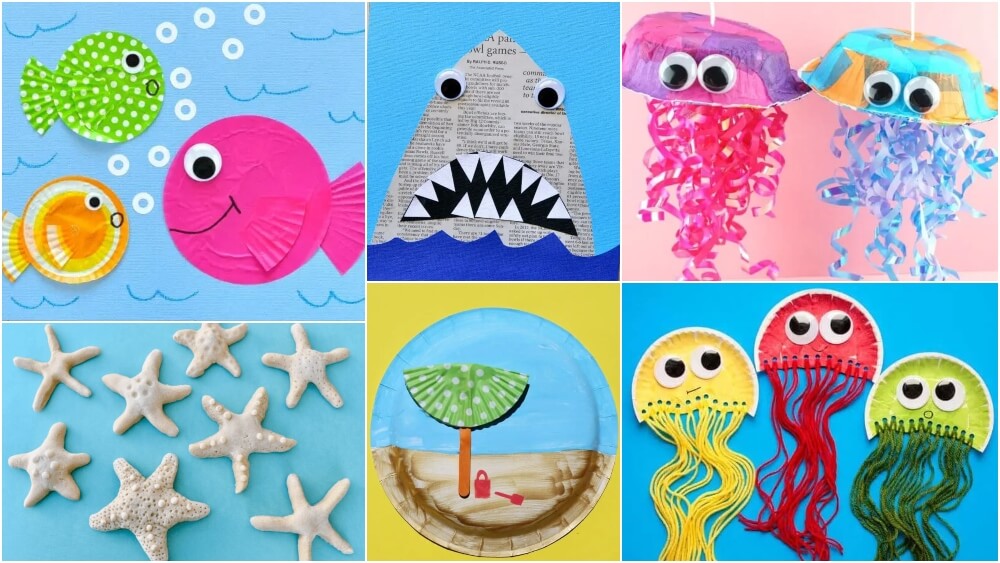Camel Animal Facts for Kids

Camels are a vertebrate of the Camelidae brood. Camels form the subdivision Camelus. There are three existing species of camels. Well-known are the one hump and two humps’ camels. The camelids, as a brood comprise the New World camelids called the llama, the alpaca, the guanaco etc.
Contents
Habitat and adaptation of Camel
Camels resides in deserts where it is warm and withered. Camels have modified and established ways to aim them live in deserts. They have a broad coat of hair that safeguard them from the warmth in the day and retains them hot at night. Their huge feet expansion their weight on the sand when they are strolling. When there is food and water, a camel can consume and drink sizeable amounts of it and supply it as fat in the hump. Then, when there is no nourishment or water, the camel make use of the chunky for enthusiasm, and the hump becomes small-scale and mushy.
A camel’s scrap accommodates very little water. Even the water from the camel’s puff go along backwards into its mouth.
Life of Camel
Camels resides in groups that consist of one male, few females, and their younger calf. They are animals that make use of their cloven hoof.
Reproduction of Camel
An fetal camel conceive in about nine to eleven months. There is generally one calf per birth. A camel calf can sprint only some hours after it takes birth. Calves are detached when they are almost one year old.
Diet of Camel
In the desert, people nourish camels with grass, grains, wheat and oats. When camels are moving in the desert, food is frequently very difficult to search. So, the animal have to sustain on dry leaves, seeds, without hurting their mouths. If there is not any normal food, camels will consume anything such as leather or even their holder’s tent.






Responses